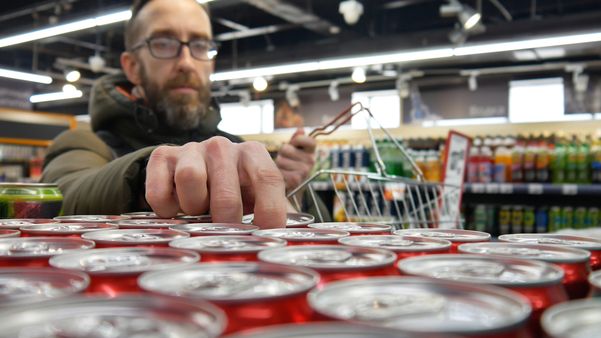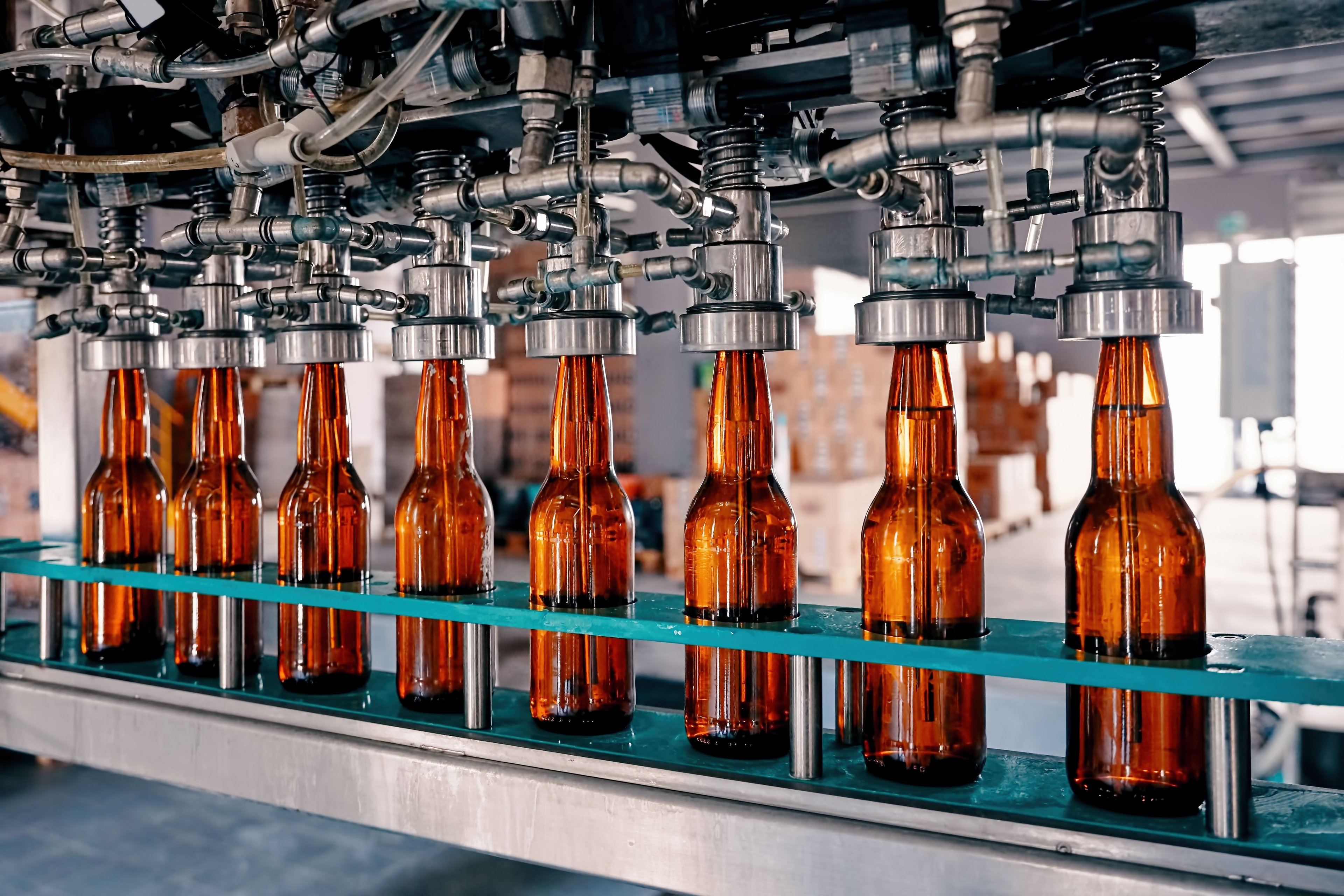The Boston Beer Company's (SAM +0.93%) stock has stabilized over the last couple of months after experiencing big double-digit declines since 2015. The company has lost market share to competition, yet management seems content to hold onto its current business strategy. Investors are left wondering if we're at the bottom of the Boston Beer barrel yet, and I fear the answer may be no.
Data by YCharts.
The middle child syndrome
The Boston Beer Company has been getting squeezed at both ends of the beer industry spectrum. On the large end are the big two, Anheuser-Busch InBev and Molson Cors, which together control 90% of the U.S. beer market. On the small end are the more than 5,300 craft brewers in operation at the end of 2016 according to the Brewers Association, an industry group commissioned with promoting and protecting craft beer.

Image source: Boston Beer.
Many of those small brewers have popped up in the last few years driven by consumer interest in better taste and the experience of trying new things. The boom has hurt the big two, and in response, they have been buying up smaller regional brewers and plugging them into their distribution networks. Boston Beer, on the other hand, has been stubborn and is developing new product in-house.
That is a noble endeavor as the beer maker tries to hold on to its "biggest craft brewer" designation. However, the better beer craze that the company is largely responsible for starting has not limited its effects to the big two.
Drinkers are diversifying their choices away from Sam Adams and Angry Orchard labels in favor of more local brews, and newly developed offerings like Twisted Tea and Truly Spiked and Sparkling have not helped offset sales volume at Boston Beer. This has especially shown up in the depletion numbers, or shipments to beer distributors.

Chart by author. Data source: Boston Beer quarterly earnings.
A flood washes away business
Boston Beer management is unsure of what to expect for the balance of 2017. Full-year depletions are expected to come in between -7% to up 1%, and the profitability range cuts a wide swath between $4.20 and $6.20 per share. That leaves a profitability range of -38% to -8% compared to 2016.
The company's response thus far has revolved around cost-cutting and continuing to nurture Twisted Tea and Truly Spiked and Sparkling. To help stop the bleeding at Sam Adams and Angry Orchard, the company has developed new labeling and marketing.
The flood of new choices hitting the market are certainly to blame. After several years of explosive growth, the craft beer industry looks like it is slowing down. 2016 sales volume increased 6% compared with 18% and 13% rises in 2014 and 2015, respectively. In spite of consumers' appetite for more beer starting to go flat, about 750 brewers opened last year.
| Year | Number of U.S. Brewers | % Increase Over Previous Year |
| 2016 | 5,301 | 17% |
| 2015 | 4,548 | 20% |
| 2014 | 3,780 | 28% |
| 2013 | 2,952 | 19% |
| 2012 | 2,475 | 21% |
Chart by author. Data source: Brewers Association.
Sandbagging is as good as it gets
With small brewers opening at such a rate, cannibalization of demand is starting to happen, resulting in the struggle at the Boston Beer Company. Already a craft maker itself, imitating the big boys and going on a purchase spree doesn't necessarily make sense for them, unless management can negotiate a good deal that immediately aids the bottom line.
That leaves the company with the option it has said it is already pursuing: controlling costs, developing new labels in-house, and focusing on the long term. Riding out the storm may seem frustrating for shareholders, especially when the bigger competition is pursuing a more active strategy, but it could be Boston Beer's best option.
What that means is that more pain in the short term is possible. As more entrants flood the craft beer market, Boston Beer's business could continue to erode before smaller players shake out and growth can resume. I'm not ready to call that bottom yet, so I'm staying away from the stock for now.







